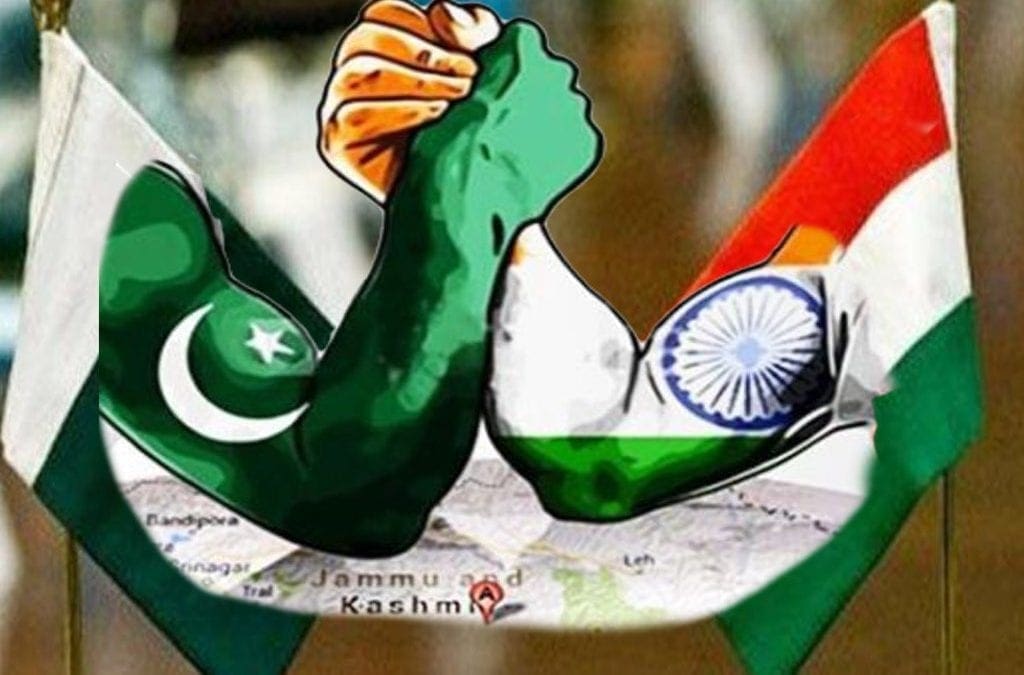If you followed certain Indian media outlets in the early hours of Tuesday, you probably heard that Indian Air Force jets swooped into Pakistani airspace and carried out devastating strikes on militant camps, killing roughly 300 fighters. If you were watching in Pakistan, you saw news of a cowardly incursion in which Indian warplanes dropped their payloads over uninhabited countryside and then scurried home, harming nothing save for an empty stretch of forest.
“The strike took place near the town of Balakot, just inside the Pakistani province of Khyber Pakhtunkhwa and not in the disputed Kashmir region,” my colleagues reported. “Initial reports from local police officials and residents who spoke on the condition of anonymity confirmed that a strike took place in a mountainous area a few miles outside town, but they said they saw no signs of mass casualties.”
Despite the dueling accounts, one thing was certain: For the first time in almost half a century, Indian aircraft ventured beyond the Line of Control separating the two countries to hit targets on Pakistani soil. The act marked a potentially grave escalation of tensions between the nuclear-armed neighbors. In a statement, the Pakistani government said on Tuesday that it would “respond at the time and place of its choosing.” By the evening, there were reports that mortar fire had been exchanged between Indian and Pakistani troops across the disputed boundary line in Kashmir.
The impetus for the airstrikes was a Feb. 14 terrorist attack that killed 40 members of India’s paramilitary police force in Kashmir. Jaish-e-Muhammad, an extremist militant group based in Pakistan, asserted responsibility for what was the deadliest single attack in the insurgency-ridden state in more than three decades. Though designated as a terrorist organization by the United States, the group is allowed to operate within Pakistan’s borders and is believed to receive support from elements within Pakistan’s military establishment, which has long cultivated Islamist proxies to advance its interests in the region.
For India, which has weathered a succession of Pakistani-linked terrorist attacks on its soil, the attack in Kashmir seemed to cross a red line. And with national elections around the corner, Prime Minister Narendra Modi sensed an opportunity to burnish his hawkish image and satisfy widespread demands for vengeance aired on social media and the country’s oft-overheated cable news channels. “Today, I sense a fervor in the crowd,” he told a rally on Tuesday afternoon. “The country is in safe hands.”
For now, there’s still hope that tensions will die down. Indian officials claimed their “preemptive” strike on the militants was a success, while Pakistani authorities insisted that no real damage was done. Ikram Sehgal, a defense analyst with ties to Pakistan’s military, told the New York Times that the Pakistani response would be “measured.” He stressed that the “only question is will India’s leadership be able to stomach it and whether we will go into a dangerous territory of further escalation.” Read more…
This article was first published on February 27, 2019 on The Washington Post

